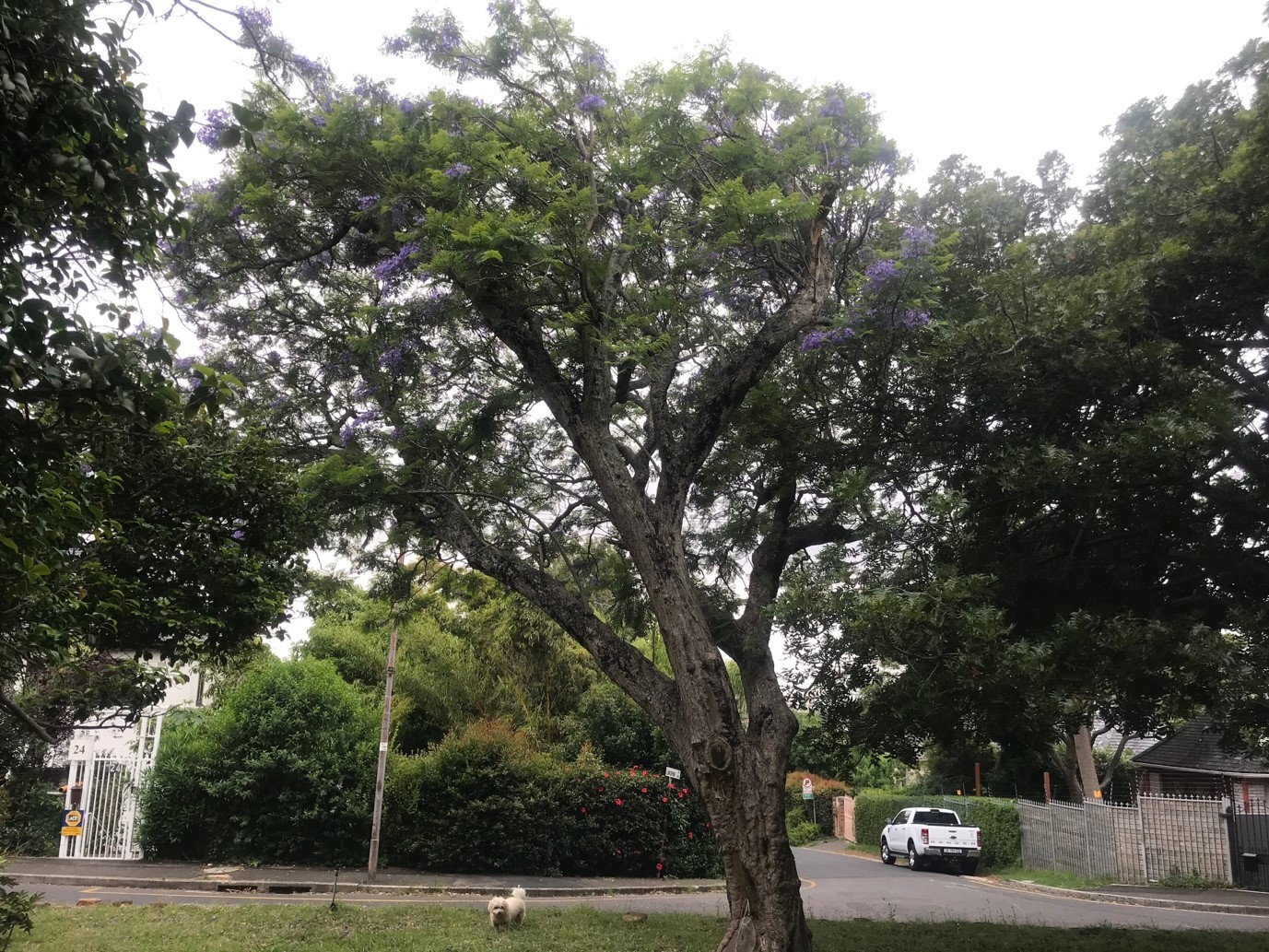Will the Coronavirus Impact the Real Estate Market in the US?
March 2, 2020Is it Time to Turn that Extra Space Into an Office?
August 26, 2020Future Trends in Real Estate and Property: Suburbs vs. Cities Post-Covid 19
It might be a little hasty to start analyzing the post-Covid 19 real estate landscape but all signs point to a significant exodus from highrise living in the cities to SFR living in the suburbs and rural areas.

Who’s Heading the Exodus?
The generation that has been hit hardest by the kneejerk lockdown reaction are the Millennials. They were definitely the most vulnerable age group when it comes to job security and savings. Too old to move back in with Mom and Dad, too young to have accumulated serious savings, and usually precariously perched on the career ladder.
With so many urban environments and cityscapes becoming increasingly taxing places in which to live – crime, cost of living, Covid – the suburbs and rural areas must seem to be relaxing and spacious in comparison. Psychologically speaking, it’s easy to see the appeal. However, in addition to these attractions, many other factors come into play when looking at the reasons why home buyers are entering “suburbs” into the search engines of all the main real estate websites.

Price
Rental units and houses for sale are cheaper in the suburbs – and as for rural areas, well, those look like practically giveaway prices when compared to what’s available in the city. For a family who’s had to live in each other’s pockets for the last four months, the thought of a nice 3 bedroom, 2 bathroom house with a yard is so much more appealing than an apartment overlooking a dug-up park lawn.
Additionally, the chance to build a new home on a bargain priced piece of land in the suburbs is proving to be a far more achievable outside of the big cities. Construction of new homes in rural areas and small towns in the states offering cheaper lifestyle expenses has exploded since the stay at home order was lifted.
Remote Work
With so many folks realizing they can work from home or actively being asked to do so by their employers, former commuters who were slave to the 6 a.m. – 10 a.m./5 p.m. to 7 p.m. highway craziness are rethinking going back to the city-oriented work schedule they had previously. The lure of working from home means that home has to be conducive for concentration, online communication, and work space.
The chance of finding a spacious, peaceful city apartment with a work space area at a reasonable price is slim to none. Consequently, home buyers and those interested in searching for property and lifestyle alternatives are looking at suburban and rural areas.
Psychology
Looking at the literal “run for the hills buying trend”, it can be better understood from a psychological point of view. Cities simply aren’t seen as bustling hives of productivity and opportunity anymore. When the quality of life, family life, and lifestyle are focused on, the city runs a definite second in the race.
Plus, many people lucky enough to have a holiday cottage or place out in the countryside chose to spend lockdown there. Instead of finding the isolation and quite intolerable, more than a few field and country-bound city slickers realized it was actually very nice to live in these remote areas full-time.
Property Investors
Property investors who specialize in buying rental units are increasingly moving away from the over-inflated property prices seen in the cities and turning to the suburbs and rural areas for property investment opportunities.
Individuals who focus on buying real estate for rental purposes, or to turn-over the property for profit, are the ones with their fingers on the property pulse so to speak. They do in-depth research before buying property in order to discover certain information:
- Which type of rental unit prospective tenants look for
- Which locations are proving most popular
- What size property are tenants drawn to apply for
- Which type of amenities tenants prefer
The research indicates that online searches for rental houses or houses to buy in small towns and outlying suburbs are currently happening at twice the rate they were pre-Covid 19. Across the board, queries from prospective tenants and home buyers in major metropolitan areas are for units outside the city. This escalation was happening before the pandemic, with tenants and homebuyers driven from the large cities to small towns by the affordability crisis. Hyperawareness about proximity to others and close quarters in general have increased the trend.
Rapid Real Estate Recovery Predicted for the Mid- and Post-Covid 19 Markets in Suburban Areas
There’s been rapid recovery displayed in the property markets by the growth of purchase applications – down only 10% when compared to the same quarter last year. However, in states strongly associated with high-quality rural and suburban lifestyles such as Georgia, North Carolina, and Texas, purchase applications for property have actually risen when compared to last year. Home sales for 2020 are predicted to be down by an average of 2% to 15% from those of 2019, depending on which source you ask and which areas their forecasts target.
In some states, the median value of the typical starter home has yet to reflect the economic downturn predicted to happen in tech-centric west coast neighborhoods. The asking price for rental units and property varies greatly, depending on which city and state you look at. What has become more important to post-Covid 19 home buyers and renters across the country, in many market analysts’ opinion, is that what you get for the amount of money you spend matters more than where you rent or buy.
This is a current real estate and property trend, and likely to remain so for the foreseeable future. In the fight for home buyers between the city and the suburbs, suburban living is a sure winner.
